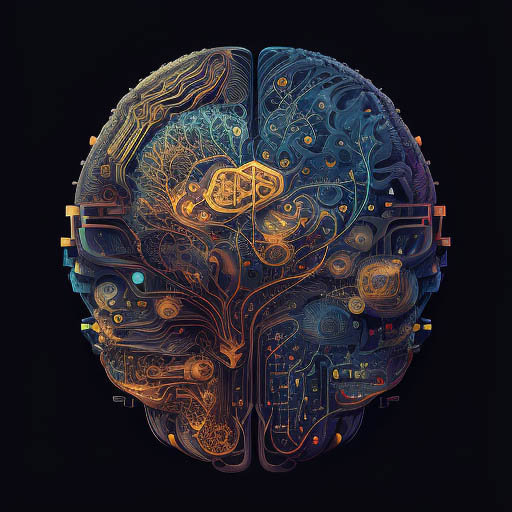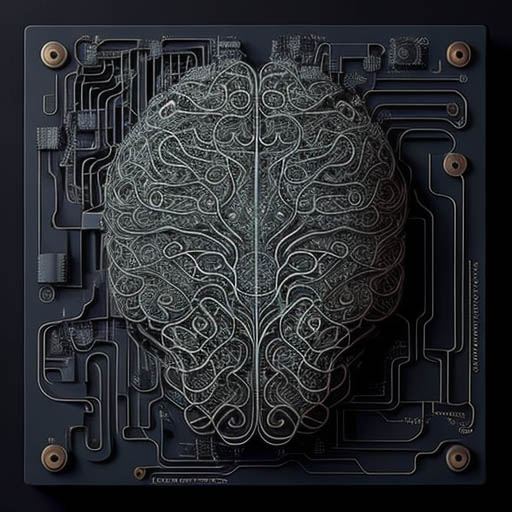Artificial intelligence (AI) and natural language processing (NLP) are two rapidly advancing fields in computer science that have enormous potential to transform the way we interact with machines and each other. AI refers to the development of intelligent algorithms and systems that can perform tasks that typically require human-level intelligence, such as recognizing speech, making decisions, and learning from data. NLP is a subfield of AI that focuses on the interactions between computers and human languages, enabling machines to understand, interpret, and generate human language. AI and NLP work together to create Conversational AI.
What is AI?
AI refers to the ability of machines to perform tasks that would typically require human intelligence. These tasks can range from simple calculations to complex decision-making processes. AI has become increasingly sophisticated over the years, with advances in machine learning, deep learning, and other technologies. Today, AI is used in a variety of applications, such as image and speech recognition, predictive analytics, and natural language processing.


What is NLP?
NLP is a subfield of AI that deals with the interaction between computers and humans using natural language. It focuses on how computers can understand, interpret, and generate human language. NLP has many practical applications, such as language translation, chatbots, and virtual assistants. The goal of NLP is to enable humans to interact with machines in a way that is as natural and seamless as possible.
How AI and NLP Work
AI and NLP technologies work together to enable machines to communicate and interact with humans more effectively. NLP involves the use of algorithms to analyze and understand natural language, including grammatical structures, semantics, and syntax. These algorithms use statistical models to identify patterns and relationships in human language, enabling machines to interpret and generate text, speech, and other forms of communication.
AI and NLP systems rely on large amounts of data to learn and improve over time. Machine learning algorithms are used to train models on large datasets, which can be used to identify patterns and make predictions about new data. Deep learning is a subset of machine learning that involves training deep neural networks on massive datasets, allowing machines to learn and adapt to new data more quickly and accurately.
Applications of AI and NLP
The applications of AI and NLP are vast and diverse, ranging from chatbots and virtual assistants to sentiment analysis and machine translation. Here are a few examples of how AI and NLP are being used today:
- Chatbots and Virtual Assistants: AI-powered chatbots and virtual assistants are being used by businesses to provide 24/7 customer support and automate repetitive tasks. These systems use NLP to understand and respond to customer queries in a natural and conversational way.
- Sentiment Analysis: NLP algorithms are used to analyze text data from social media, customer feedback, and other sources to identify patterns and trends in sentiment. This can be used by businesses to track customer sentiment and improve customer service.
- Machine Translation: NLP is used to translate text and speech from one language to another, enabling communication across different languages and cultures.
- Speech Recognition: AI-powered speech recognition systems are used to transcribe speech into text, enabling machines to understand and respond to spoken commands.
- Recommendation Systems: AI-powered recommendation systems are used by e-commerce companies to suggest products and services to customers based on their browsing and purchase history.
Training Ai systems
Artificial intelligence systems require training to perform their intended tasks accurately and efficiently. Training an AI system involves providing it with a large dataset of labeled examples, such as images or text, along with instructions on how to analyze and interpret the data. The AI system uses this dataset to learn how to identify patterns and make decisions.
From an individual user’s viewpoint, it may not be necessary to directly train an AI system, but it is essential to understand the role of training in AI and how it affects the system’s performance. By providing accurate and relevant input data, individual users can help to improve the accuracy and effectiveness of the AI system.
For example, in a speech recognition system, an individual user can help train the AI system by speaking clearly and providing a variety of examples of the types of speech the system will encounter. Similarly, in an image recognition system, a user can label images with descriptions to help the AI system learn to identify objects accurately.
Understanding the importance of training in AI and providing quality input data can help individual users to benefit from the AI system’s capabilities while also improving its performance over time.
An exciting world
AI and NLP are transforming the way we communicate and interact with machines, providing new opportunities for businesses and individuals alike. As these technologies continue to evolve and become more advanced, we can expect to see even more innovative and powerful applications emerge in the years to come.
AI and NLP have opened up a new world of possibilities for human-machine interaction. With Conversational AI, machines can now understand and respond to human language in a way that was once thought impossible. However, to make the most of this technology, it is essential to understand the importance of querying. By asking clear and concise questions, you can unlock the full potential of Conversational AI and experience a more natural and intuitive way of interacting with machines.